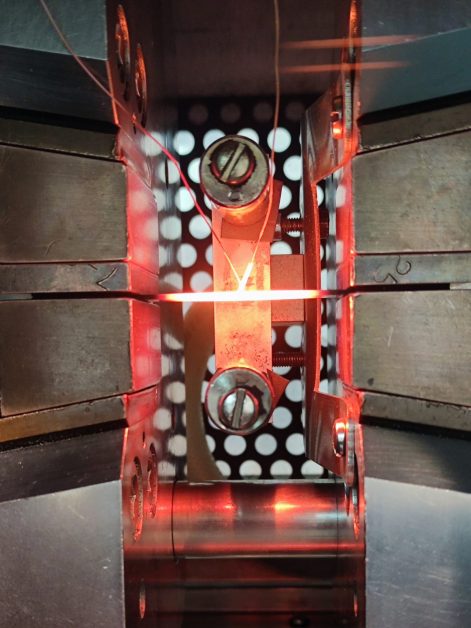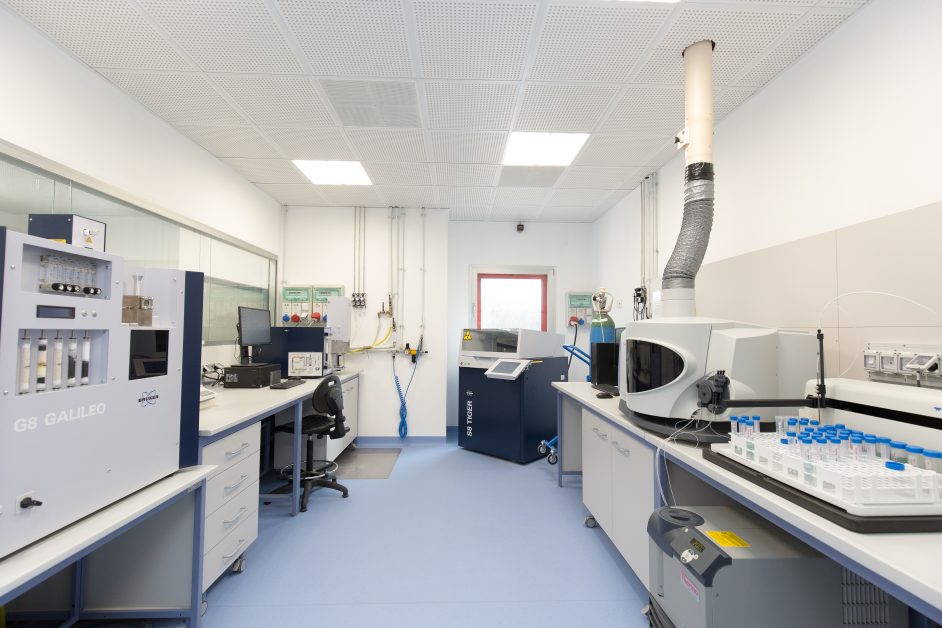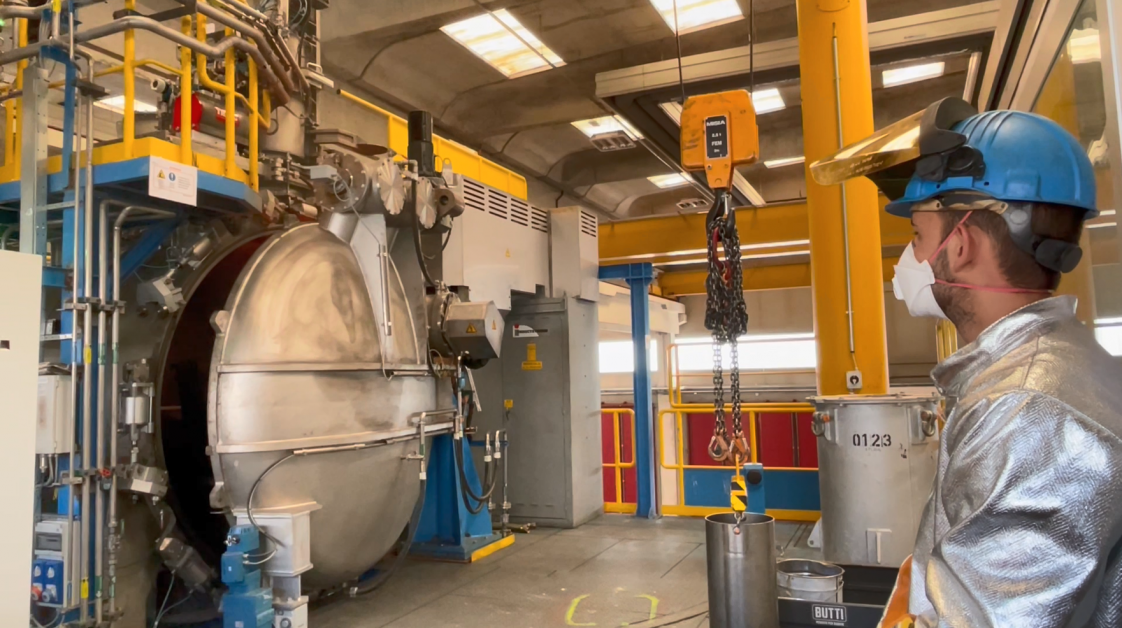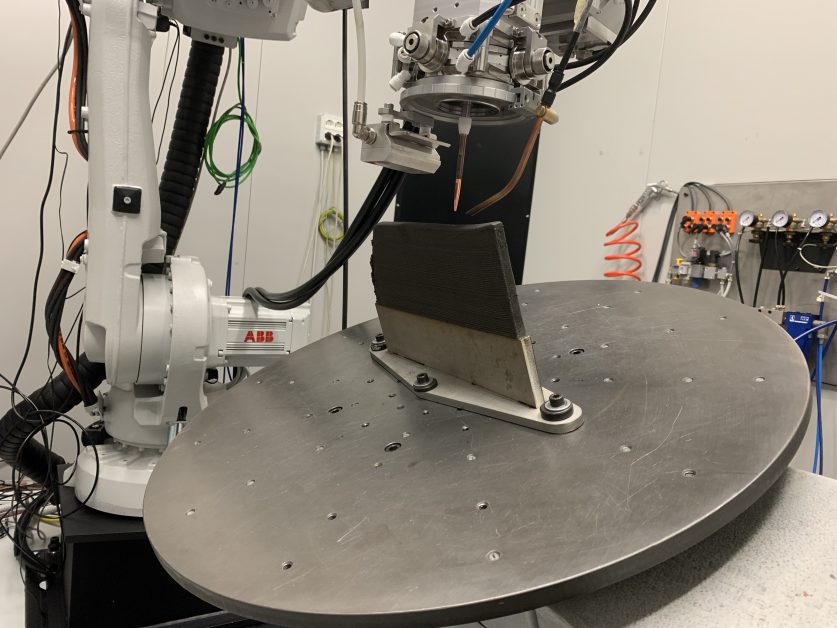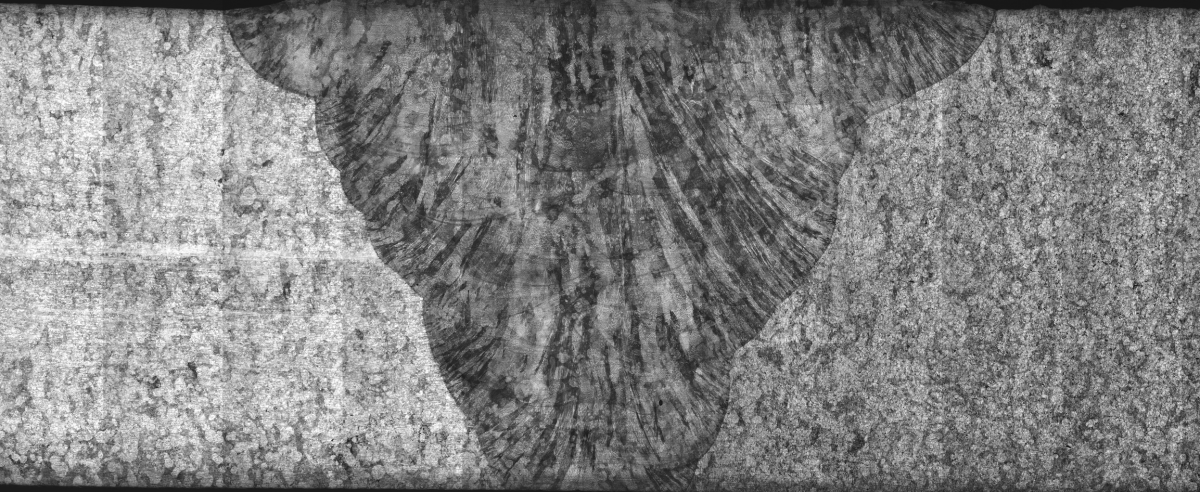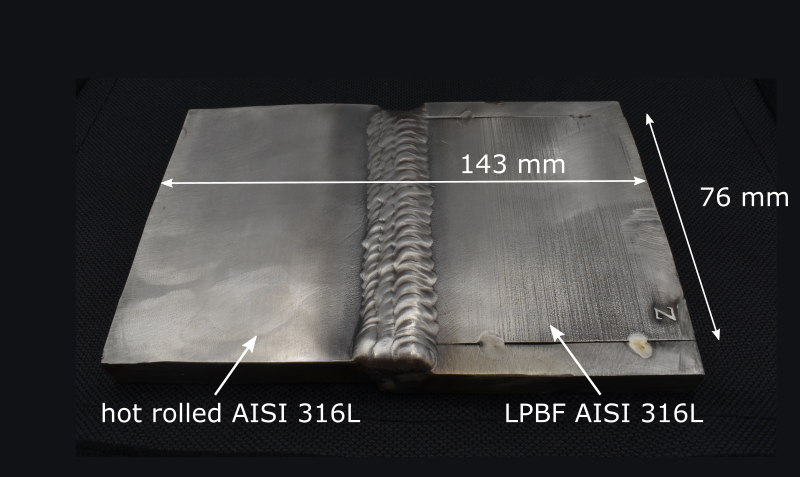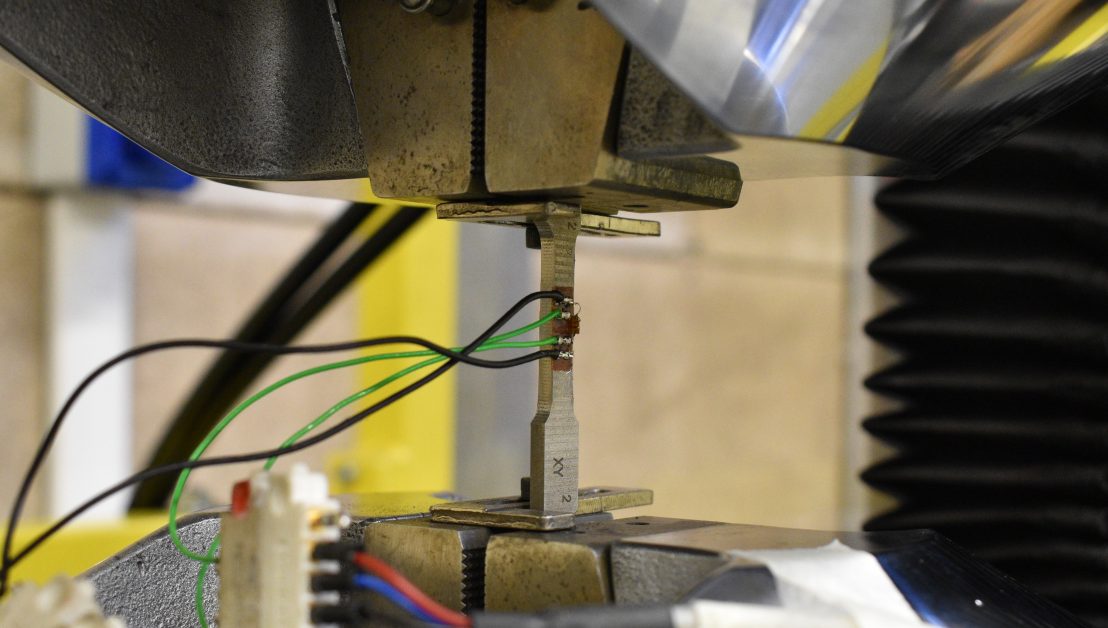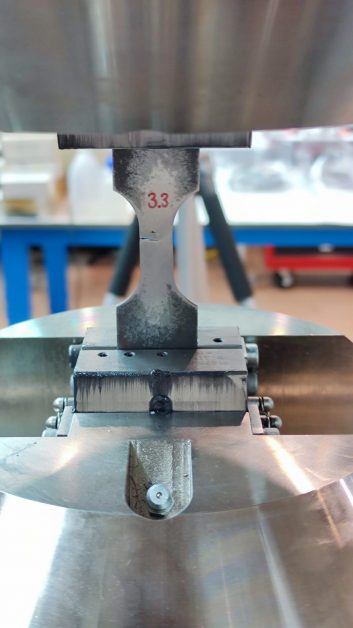Objectives
The global aim is to contribute to Europe’s steel industry to start making full use of Additive Manufacturing (AM) in the design, production and maintenance of complex and large steel geometries to offer resource-efficient and reliable products with reduced waste and energy consumption. To achieve the ambitions of the project, specific objectives have been formulated:
-Define specific AM material and process rules for large parts on quality, cost, processing, life cycle & recyclability, material safety specifications and aesthetics.
-Selection of two powder and two wire feedstocks for production as construction steel and quantify their processability with Laser Powder Bed Fusion (LPBF), hybrid Laser Directed Energy Deposition (LDED), and Laser Metal Wire Deposition (LMWD) in combination with laser welding, and an innovative approach to Wire Arc AM (WAAM) based on Cold Metal Transfer (CMT), quantify their recyclability and mechanical properties.
-Design and produce demonstrator parts using the LPBF, LDED, WAAM, and apply welding technologies with process parameters defined in the project.
-Experimentally quantify the mechanical properties of 3D-printed steel parts, and their structural integrity with the conventional steel elements.
-Prepare the compliance route for construction parts produced by AM, introduce qualification, standardization, and certification templates compatible with EN1090, and propose modifications to the existing European building standards and regulations using the new experimental outcomes.
-Perform environmental and economic life-cycle analysis to establish commercial and environmental benefits, and break-even points for AM in steel industry.
-Transfer research results to Eurocode-compatible design recommendations, guidelines and worked examples, to be used by the European engineers, architects, and manufacturers.
-Disseminate and exploit the project findings in the EU construction community to accelerate the acceptance of modern steel fabrication approach studied in the project.
Resource-efficiency using metal AM
The operations involved in developing new structures have a vital role in reducing global CO2 emissions, material and energy consumption.
A large source of CO2 consumption and inefficiency of the traditional steel fabrication is related to the activities of joint fabrication (both for construction and automotive). Using Metal 3D printing, the consumption of energy could be reduced thanks to the possibility to produce complex parts in a single process, to avoid additional parts to be produced and assembled (e.g., stiffeners), resulting in a reduction of labour content, scrap production and energy demand.
By exploiting the power of additive manufacturing, CONSTRUCTADD will accelerate the transition of the steel construction sector toward a sustainable production of structural systems. We aim to show that the sector can reduce the energy consumption of fabricating a joint by approx. 30% and create less waste during fabrication, than existing manufacturing methods. AM will also unleash the sector from the constraints of traditional manufacturing and enable mass customization with increased production speed and quality, by placing materials where needed and using advanced digital tools for design and production.
ConstructAdd plans to reduce the energy consumption by means of:
- Reducing the weight of critical complex parts while satisfying the functional design requirements (e.g. strength, stiffness) with the developed Structural Design for AM (SDfAM) approach.
- Customizing the joint geometries (shape and wall thickness) locally to the internal stresses, moving the welds and the geometrical discontinuities away from the geometrically complex regions to be able to orthogonally bolt or weld them to the conventional steel profiles, decreasing the material and energy use hence the costs, and render the welds more accessible for periodic inspection and maintenance.
Ambition
The construction sector employs more than 12 million EU citizens and will soon have to undergo major changes towards digitalization and robotization, which will continuously bring changes to job profiles in the construction sector. Especially in the field of manufacturing, the current manual workforce procedures will be transformed into an industrialized design process. The European Commission has highlighted the need to embrace the digital transformation by the community in a manifesto published by the European Construction Industry Federation (FIEC) in June 2018. CONSTRUCTADD outcomes will help creating modern job types in the construction sector such as metal printing and robot operators, modern engineers and architects with new digital skills.
CONSTRUCTADD aims to take the AM from its marginal relevance in construction sector to the mainstream by the year 2026, introducing qualification, standardization and certification templates that will be compatible with EN1090, the current lack of which is preventing the adoption of MAM in the steel construction sector. By introducing these templates and delivering quantitative data on steel types and mechanical properties, production costs and environmental gains, the industry will have access to AM information that is currently not available. Since the data will be publicly available, the whole construction sector can start to use them for their individual projects.
Expected impact
In making a successful transition to a modern and resource-efficient steel manufacturing by exploiting the benefits of a new technology such as AM, it needs the assurance of applicable approved standards and clear tested and validated mechanical performance of the large parts produced by the new technology. The CONSTRUCTADD project will contribute to such transition thanks to the following six major innovations:
- Quantification of the mechanical properties of printed steel parts using the LPBF, LDED, WAAM feedstock (both new and recycled) and process parameters compatible for construction industry.
- Discovery of the structural integrity between hybrid AM-conventional steel parts, and an analytical approach to assess the mechanical behaviour.
- Preparation of the compliance route for construction parts produced by AM and introduce qualification, standardization and certification templates that will be compatible with EN1090.
- Development of recommendations for the future modification of European building regulations using the new experimental database of the printed metal and hybrid (printed-conventional) steel parts.
- Unique database with a detailed assessment of the time and resources spent during the process activities of three major metal printing processes, to be used in economic and environmental impact analysis.
- A new analytical model on the basis of the developed experimental database that stakeholders can use to confirm the environmental and economic feasibility of building a structure using AM to contribute to the European Green Deal targets by means of proposing a resource efficient steel fabrication, reduced manual work, modern jobs requiring digital and robotization skills.
